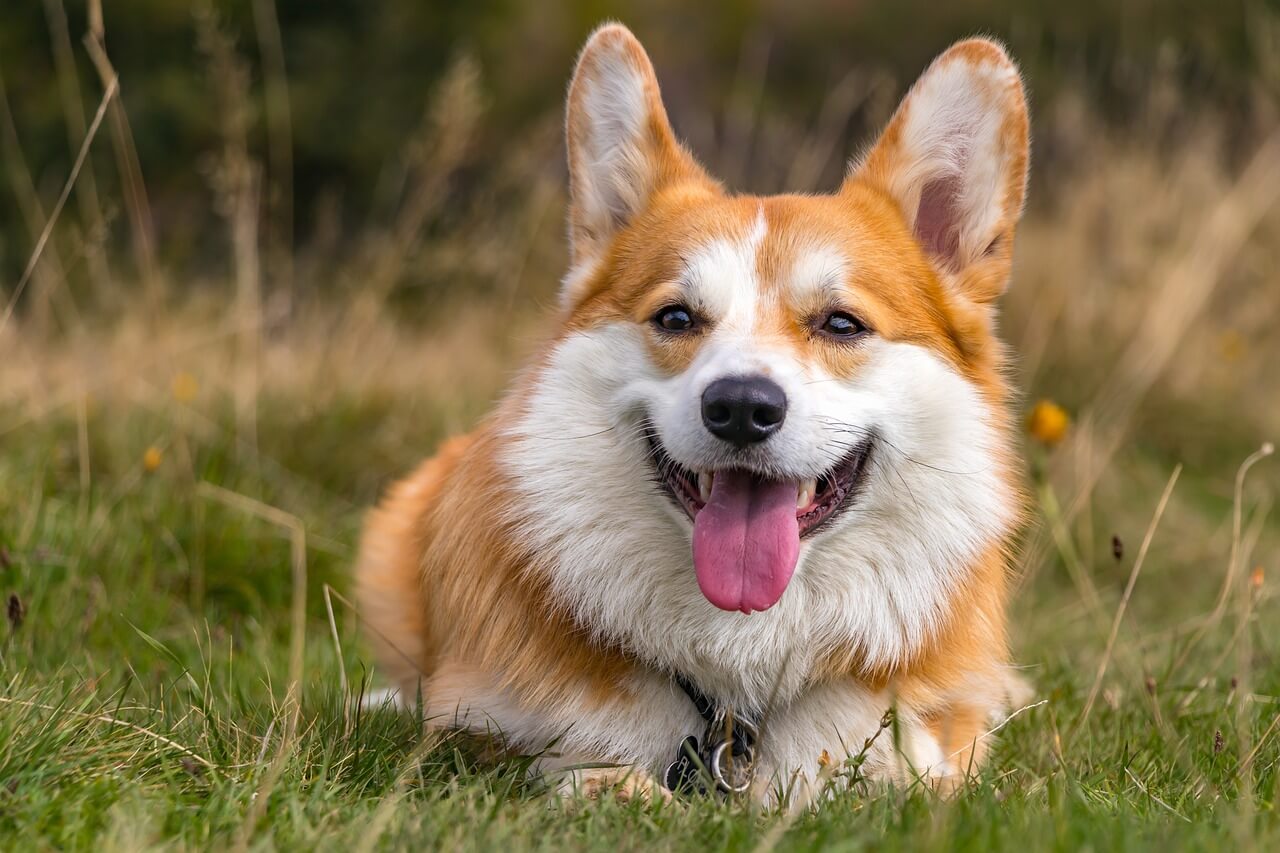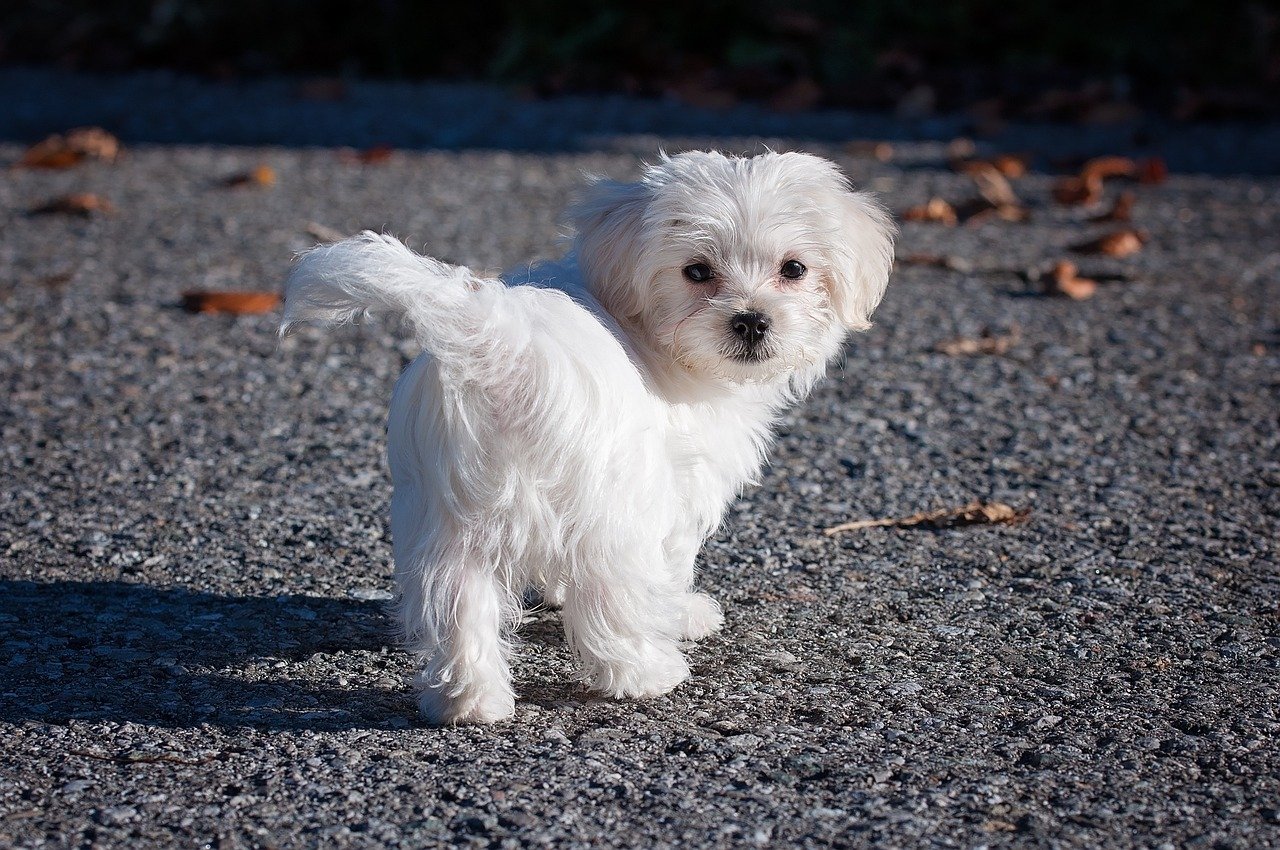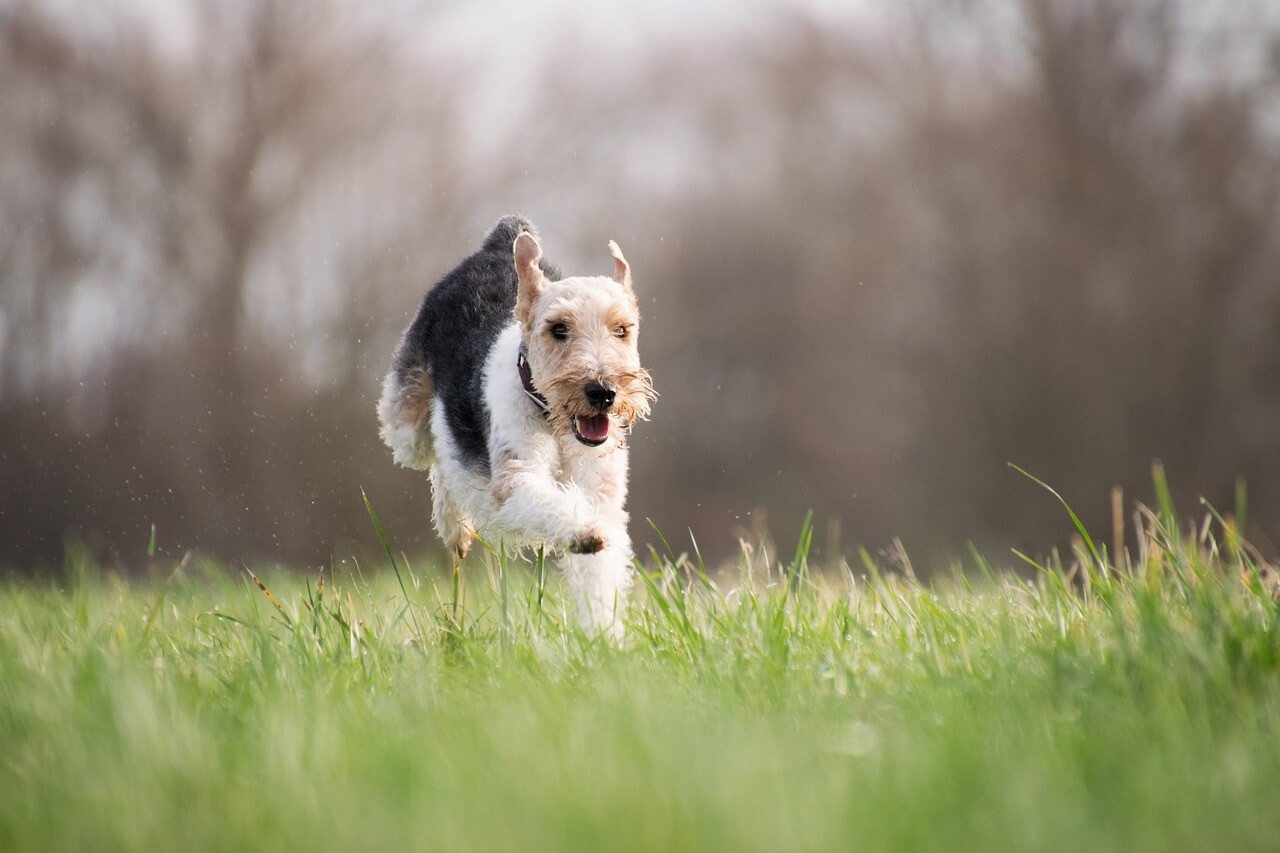Ever caught your pup with their mouth open, tongue hanging out and grinning from ear to ear? You may have wondered, "Does my dog really smile at me?" This is a question that puzzles dog lovers and raises questions about dogs. Understanding dog body language is key to interpreting their emotions and whether or not dogs smile is a topic of debate. In this post we will go into the world of our furry friends, and look into whether dogs really do smile and what it means. We will also look into if a dog’s smile is connected to other signs of joy or relaxation and how to tell when your dog is happy.
The Science Behind Canine Smiles
As pet parents, we often assign human emotions to our dogs, such as happiness and joy, but do dogs smile in the same way humans do? While dogs don't have the complex facial muscles that humans use to express emotions like a smile, they do communicate in their own unique ways.
When a dog appears to smile, it’s more about their body language than their facial expressions. For example, a dog’s "smile" is typically a sign of relaxation, contentment, or sometimes even a submissive grin. Dogs like Labrador Retrievers, French Bulldogs, Golden Retrievers, Poodle and Siberian Huskies are known for their joyful "grins" when they are happy or excited, often accompanied by a wagging tail and a relaxed body posture.
Canine Emotions: How Dogs Smile and Show They’re Happy
Ever wondered, do dogs smile the same way humans do? While dogs don’t smile like we humans with a wide grin and front teeth showing, a smiling dog does exist — just in their own special way.
Unlike the classic human smile, a dog’s version of happiness shows up through body language, facial expressions, and overall behavior. You’ll notice signs like a relaxed face, soft eyes, a slightly open mouth, and a wagging tail. Some happy dogs may even have a “submissive grin” — lips pulled back to show their teeth, but without aggression. To us, it looks like they’re grinning from ear to ear.
According to animal behaviorists, it’s all about the dog’s body language. A dog is happy when their whole body moves with excitement — tail wagging, ears relaxed, and a playful stance. Some dogs may even appear to laugh, especially during energetic play sessions with other dogs or their favorite dog owners.
However, not all dogs express joy in the same way. Puppies and adult dogs may vary in how they use expressions, ears, and posture to communicate. Some might flash a toothy grin when they’re relaxed, while others keep a more neutral look even when they’re over the moon.
The bottom line? Your dog’s “smile” might not mirror our own, but their body posture, mouth, and behavior speak volumes. Next time your pup flashes that wide grin or plops down in a relaxed pose, know you’re likely witnessing pure doggy happiness. And yes — just like how laughter contagion works with humans, being around your smiling dog can make people smile, too.
Understanding Your Dog's Body Language
Reading a dog’s body language is key to understanding their emotional state. Animal behaviorists say to look for cues like a relaxed pose, soft eyes and a wagging tail to see if a dog is really happy. But not every wagging tail means happy – it can also mean excited or agitated.
A dog’s smile may also be a learned behavior. Dogs are super perceptive and often do what works for them. If a dog realizes a “smile” – a relaxed open mouth – gets them positive attention they may repeat this behavior to bond with their human.
The Learned Behavior of Dog Smiling
Have you ever caught your dog flashing a goofy grin after you smiled at them? That’s not just coincidence — many experts believe that dogs smile as a learned behavior, especially when interacting with people.
We humans tend to respond positively when we see a dog’s wide grin or open mouth with front teeth showing. Over time, dogs pick up on these cues. They learn that certain facial expressions — like lifting their lips, wagging their tail, or adopting a relaxed pose — earn them affection, praise, or even food. That makes sense, right?
This kind of social learning is common in animals that live closely with humans. Just as people smile in response to positive emotions, dogs learn to mimic this behavior to connect with us. Some dog owners even notice their pups giving a big “smiling dog” face when they’re being silly, playful, or just trying to get attention.
Interestingly, this behavior doesn't typically happen between other dogs. You won’t often see a dog smile at another canine the way they do with their human. That’s because the “smile” is more about connecting with us than with other animals — it’s one of the many ways dogs read human body language and adjust their own expression accordingly.
So while it may not be a natural instinct like barking or tail wagging, a dog’s smile often comes from their bond with us. It’s shaped by our reactions, our emotions, and the way we communicate joy. In a way, it’s a beautiful reflection of our shared companionship — and proof that your pup just might be grinning because they know it makes you happy.
Anthropomorphism and Understanding Dog Smiles
As devoted pet owners, it's natural for us to see human-like qualities in our dogs. This occurrence is commonly known as anthropomorphism, which greatly influences our perception of our pets behaviors including how they express their happiness.
Anthropomorphism: A Double-Edged Sword
Anthropomorphism can be a double-edged sword. On one hand, it helps us empathize with our pets and build a strong emotional connection. When we interpret a dog's relaxed open mouth as a smile, it deepens our bond as we perceive them as happy and content.
However, on the other hand, anthropomorphism can lead to misinterpretations of a dog's behavior. Not every expression that resembles a human smile means the same thing in dogs. For instance, a panting mouth can be a sign of stress or overheating, not necessarily happiness.
Beyond the Human Perspective
To really understand our dogs like the loyal Labrador Retriever or the affectionate Golden Retriever we need to think beyond our human perspective. Each breed from the charming French Bulldog to the intelligent Poodle and the energetic Beagle to the vocal Siberian Husky has their own way of communicating.
We need to learn the specific body language and expressions of our dog. This means observing their overall body language not just their facial expressions. Are they relaxed? Is their tail wagging gently? Are their ears in a relaxed position? These are the clues that tell us more about their emotional state than a simple “smile”.
Recognizing True Happiness in Your Dog
While we’ve explored the idea of dogs "smiling," true happiness in our canine companions goes beyond any single expression. It's about understanding the full spectrum of their behavior and body language.
Signs of a Truly Happy Dog
A genuinely happy dog exhibits a variety of signs that, when combined, paint a clear picture of contentment. Here are some key indicators:
- Relaxed Body Language: A happy dog will have a relaxed posture, with no signs of tension in their body. Their muscles are relaxed, and they might have a gently wagging tail.
- Engaged and Playful Behavior: Joyful dogs often show a keen interest in play and exploration. They are eager to engage with their owners and their environment.
- Healthy Appetite and Sleep Patterns: Consistent eating habits and a healthy sleep routine are signs of a content and stress-free dog.
- Soft, Bright Eyes and Relaxed Ears: The eyes and ears are great indicators of a dog's mood. Happy dogs usually have soft, bright eyes and ears that are relaxed, not pinned back or overly alert.
Breed-Specific Happiness
Different breeds may show happiness in slightly different ways. For instance, a Labrador Retriever may show its joy with lots of tail wagging and a tendency to bring toys to its owner, while a Golden Retriever might lean into pets and cuddles more. A French Bulldog could express happiness through playful antics and vocalizations, whereas a Poodle might display a more subtle form of happiness, like staying close to its owner. Breeds such, as the Beagle and Siberian Husky also have their ways of expressing joy.
Plush Lamb Squeaker Toy Dog Interactive Toy

$6.99 USD
$10.76 USD
Treat your friend to fun and coziness, with our Cute Sheep Squeaker Plush Toy. Suitable for dogs of any size this charming and huggable toy is crafted to entertain, engage and offer solace to your pet. Adorable Sheep: Carefully designed… read more
Understanding Your Dog’s Unique Personality
Every dog is an individual, with its own personality and ways of expressing emotions. To determine if your dog is happy it is crucial to have an understanding of your friend. Pay attention to their normal behavior and look for changes. Understanding this concept is essential when it comes to establishing a bond with your pet one that is characterized by empathy and responsiveness.
Conclusion
In conclusion dogs may not smile like humans do but their body language and overall demeanor gives us a clear window into their emotions. Whether it’s a relaxed pose, a wide grin or a wagging tail, learning to read your dog’s unique behavior will ensure they are happy and healthy.
Know your dog’s emotions and body language and you’ll have a strong loving relationship. Whether you’re a pet parent or dog trainer, know the subtle signs of happiness in your dog like their relaxed body language and open mouth smile and you’ll be able to care for your furry friend better.









